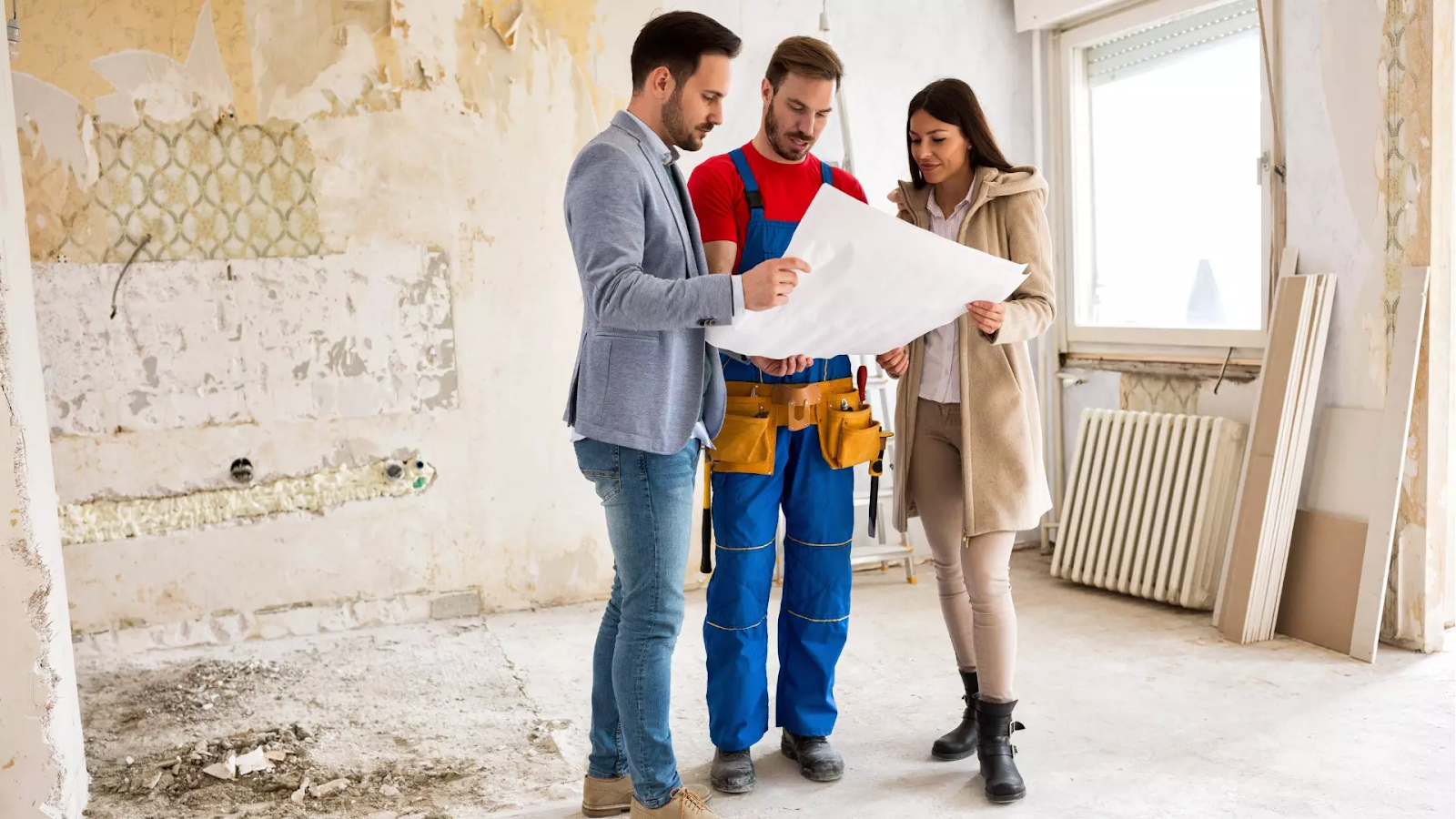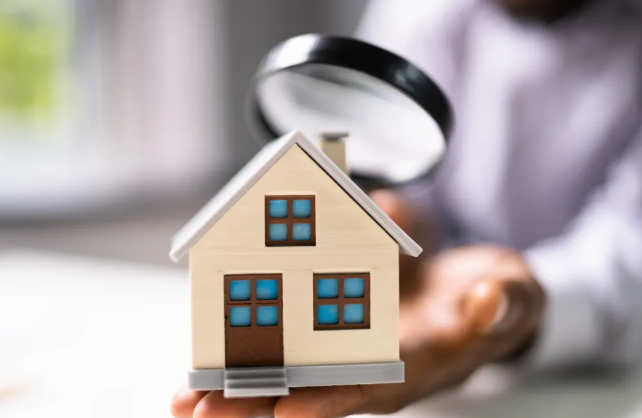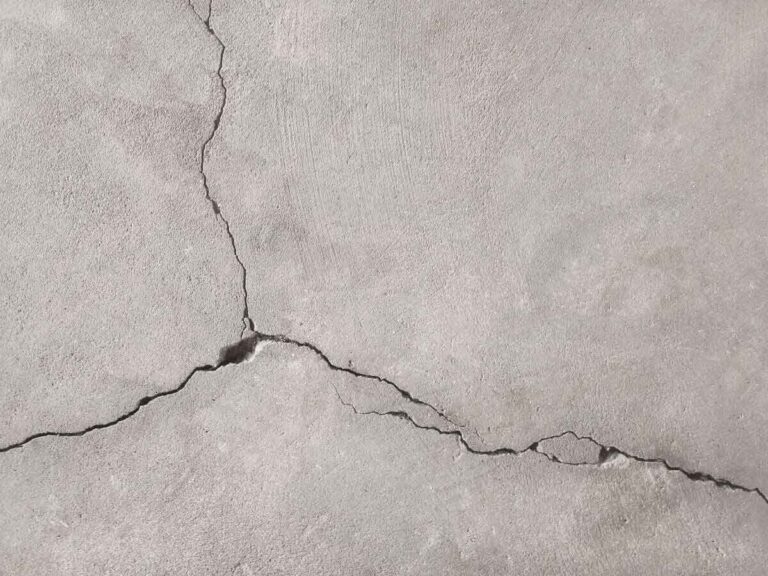Renovating an older house or updating a more recent build can bring many benefits, from improved comfort to increased resale value. One approach that stands out involves focusing on energy efficiency. Making choices that reduce environmental impact not only cuts long-term utility costs but also boosts the property’s overall reputation as a eco-friendly residence. These upgrades can be surprisingly accessible, depending on your priorities and budget.
Starting Out
There is great interest in creating living spaces that are both pleasing and resource-conscious. Some homeowners strive to reduce carbon footprints, while others look for immediate savings on monthly energy bills. Whichever the reason, it’s clear that a focus on energy efficiency can pay dividends in more ways than one.
Many property owners look into home renovation mississauga services that emphasize eco-friendly features. Professionals in this area often understand the importance of local climate conditions, choosing materials and methods that work best in the region. The specific upgrades might vary depending on the type of house, its location, and individual preferences, but most share a common goal: maximizing energy conservation without compromising the comfort or style of a home.
Why Energy-Efficient Renovations Matter
Energy-efficient changes typically address the places where a house loses the most warmth in winter or gains excess heat in summer. By tackling these common weak points, you can often achieve substantial savings on your monthly bills. Another key reason is the positive effect on property value. More and more buyers want homes designed to minimize waste and protect the environment. A house that demonstrates lower energy usage is often seen as a smart purchase.
Some people may worry about upfront expenses, yet many energy-saving measures qualify for rebates or government incentives. Even in areas without such financial perks, the long-term return often balances the initial outlay. In addition, the comfort factor should not be overlooked. Fewer drafts, more consistent indoor temperatures, and improved ventilation can all add to an enjoyable day-to-day experience.
The Role of Insulation
Insulation is often considered a fundamental step for anyone hoping to see significant results. Proper insulation keeps warm air indoors in cold seasons and prevents excess heat from entering during hot weather. Without a high-quality barrier in the walls, ceiling, or attic, a large portion of your heating or cooling budget could be wasted.
Several materials are readily available, each with different advantages. Fiberglass batts have been around for decades, providing reliable coverage in walls and attics. Spray foam insulation, on the other hand, excels at filling narrow gaps and curving spaces often overlooked by traditional products. Regardless of the approach, the final outcome is a more stable indoor climate and fewer temperature extremes.
Windows and Doors
Windows and doors serve as major conduits for heat transfer. Older, single-pane varieties leak warmth in cooler months and allow unwanted heat during warmer periods. Double-glazed or triple-glazed options with low-E coatings do a better job of keeping indoor areas comfortable. A solid frame that reduces air leakage along the edges also helps.
Weatherstripping and caulking are affordable ways to address small cracks or gaps around windows and doors. By ensuring these openings are sealed properly, you’ll conserve more energy and enhance your home’s overall performance. When performed as part of a broader upgrade project, such measures can form a key aspect of your renovation.
Upgrading Appliances and Lighting
Energy-efficient appliances and lighting solutions represent another practical step. Kitchen appliances, in particular, run almost constantly, so efficient refrigerators, ovens, and dishwashers can have a noticeable impact on monthly utility bills. Look for labels such as ENERGY STAR to identify products designed to use less electricity and water.
As for lighting, switching from outdated bulbs to LED alternatives can reduce electric usage significantly. LED bulbs consume less power and last much longer than traditional incandescent types. Smart lighting systems allow homeowners to control brightness and schedules remotely, ensuring no energy is wasted when rooms are unoccupied.
Heating, Ventilation, and Air Conditioning
A well-designed heating, ventilation, and air conditioning (HVAC) system can keep your residence cozy year-round while avoiding unnecessary energy drains. If your current setup is older, it may be time to think about an upgrade. Modern furnaces and air conditioners run more efficiently, often adapting their output to match the home’s requirements. Programmable thermostats, meanwhile, allow you to schedule heating and cooling times precisely, reducing usage when you’re asleep or away.
Airflow plays an essential role, too. Properly sized ductwork and adequate vents ensure that warm or cool air is distributed evenly. Clogged filters, blocked registers, or duct leaks force the system to work harder than necessary, boosting electricity or gas usage. Routine HVAC maintenance addresses these concerns and keeps energy bills at a reasonable level.
Water Conservation
Using water more efficiently ties in with the broader push for earth-friendly living. Low-flow faucets and showerheads cut water usage without diminishing the comfort of daily routines. Dual-flush or high-efficiency toilets handle waste effectively while using less water per flush. Appliances like washing machines and dishwashers also have variants designed for reduced water consumption.
Collecting rainwater for use in gardens can lessen the strain on municipal water supplies. In some areas, large barrels or cisterns store rain for lawn irrigation or outdoor cleaning tasks. This approach is especially helpful in places where summer droughts or watering restrictions might apply.
The Financial Side of Green Renovations
Smart investments in energy-saving features can yield lower monthly costs. That frees up funds for other improvements, hobbies, or even family vacations. In some markets, lenders offer favorable financing for efficiency-focused projects, recognizing that the borrower’s long-term expenses will be lower once these updates are in place.
Over time, the reduced carbon footprint also adds value to your living space in a less direct but equally meaningful way. Many communities reward households that adopt a greener lifestyle, be it through local programs or simply through the positive reputation it creates. These benefits can be particularly appealing if you decide to sell the property later.
Where It All Comes Together
Partway through a big renovation, homeowners often realize how crucial it is to integrate efficiency into the process. Although many folks concentrate on upgrading finishes and overall layout, energy considerations have a huge impact on comfort and expenses for years to come. By using high-grade insulation, quality windows, and efficient systems, you can protect yourself from sudden spikes in heating or cooling bills, along with reducing wear and tear on devices.
When planning any home renovation that focuses on green solutions, aim for changes that work well together. For example, adding modern attic insulation pairs perfectly with a new energy-efficient HVAC system, because both reduce energy requirements and stabilize temperatures. A thoughtful approach can greatly expand the benefits gained from each individual upgrade.
Energy-efficient renovations encompass a range of strategies, each geared toward reducing waste and creating a healthier place to live. As you modernize a home, pay close attention to insulation, windows, doors, heating systems, and even water-saving methods. The result will be a cozier, less wasteful property that encourages long-term financial savings and shows respect for the planet. By choosing to prioritize efficient improvements, you can truly save on bills and enhance your home’s green credentials for years ahead.






